Violet Tungsten Oxide(VTO) Nano-fibrous Membrane Successfully Worked Out by National Taiwan University of Science and Technology(NTUST)
- Details
- Category: Tungsten's News
- Published on Wednesday, 26 September 2018 11:36
Recently, researchers from NTUST successfully worked out nano-fibrous membrane -VTO/Polylacticacid fiber (WO2.72/PLA) through a new nano-submicron superfine fiber processing method.
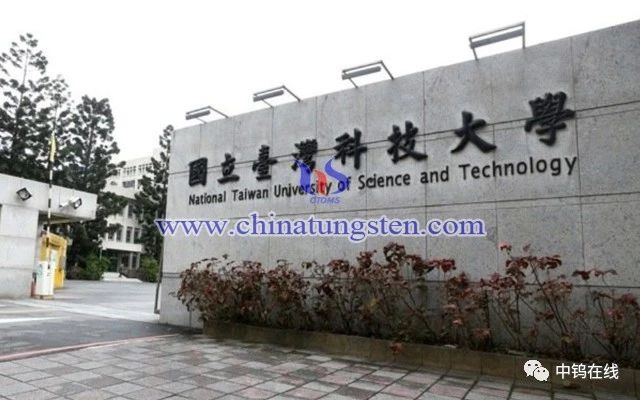
As we all know that solar energy is a kind of clean energy, and it is inexhaustible. Statistics show that the world consumes as much energy in a year as it does to the earth in a day. In other words, the sun provides us with enough renewable energy. Moreover, it is possible to turn sunlight into heat. As a result, solar energy is widely used in residential heating, desalination, sewage treatment and steam generation. However, materials with low cost and high efficiency of photothermal conversion still need to be explored. In other words, there are still many challenges in the development of photothermal materials.
In conclusion, the development of efficient photothermal materials is a very important issue. Only by solving this problem can we obtain photothermal materials with higher efficiency of sunlight-heat conversion and higher efficiency of water evaporation.
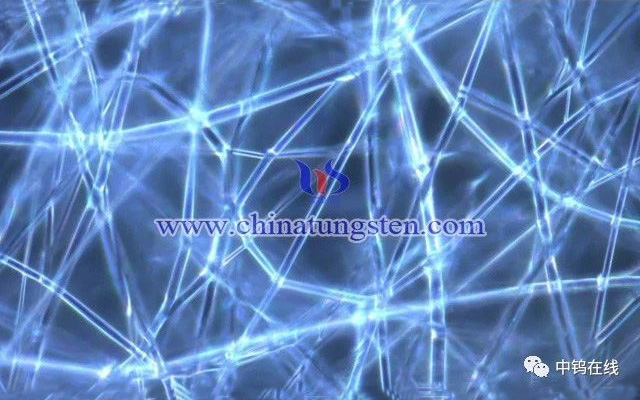
Recently, Taiwan university of science and technology came good news. Their researchers have successfully worked out a nanofiber membrane - mainly made by reducing tungsten oxide/polylactic acid from fused electrostatic spinning. The tungsten oxide used is violet tungsten oxide -- a metal oxide with strong near-infrared (NIR) light absorption. Therefore, there is no doubt that the NIR photothermal conversion performance of the nanofiber films has been improved.
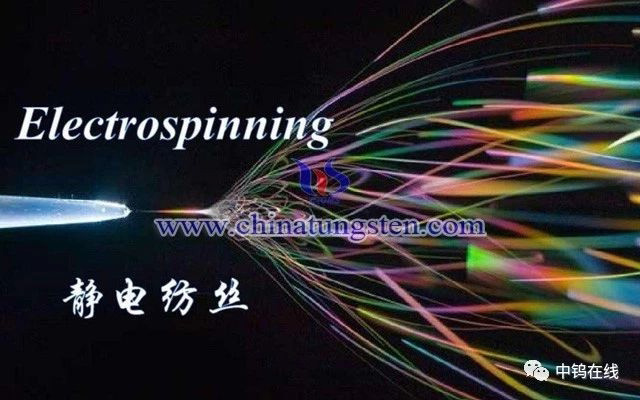
Based on this, the researchers mixed nano-violet tungsten oxide particles into the polylactic acid matrix through melting processing, and then extruded the complex into a line using a single screw extruder. After that, the fiber membrane was prepared from the extrusion line of purple tungsten oxide/polylactic acid composite by melt electrostatic spinning. It has to be said that the cost of producing nanofiber films using the technology of fused electrostatic spinning is low and effective. In addition, no harmful chemicals are added to the process, which is helpful to environmental protection.
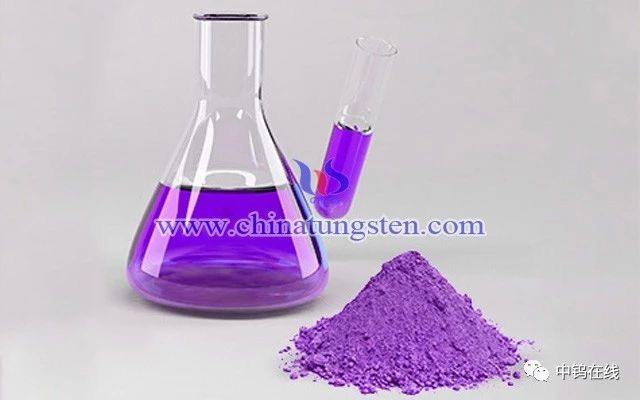
The researchers then applied the membranes to practice. They applied the design of a melt-electrospun purple tungsten oxide/PLA fiber film, which is hydrophobic and floating on water, to steam generation on the interface concept based on solar heating. The experimental results showed that the water evaporation efficiency of the photothermal fiber membrane containing purple tungsten-oxide nanoparticles (7wt %) was about 81 percent, higher than that of the pure PLA fiber membrane (PLA fiber membrane). The results of this study provide ideas for the development of new types of photothermal fiber films, that is, to develop new types of photothermal fiber films that can enhance the performance of optical drive water evaporation, so as to be effectively used in the field of water treatment and desalination.
If you want to be a researcher in photothermal materials or you are interested in this field, then you should know what is melt electrostatic spinning.
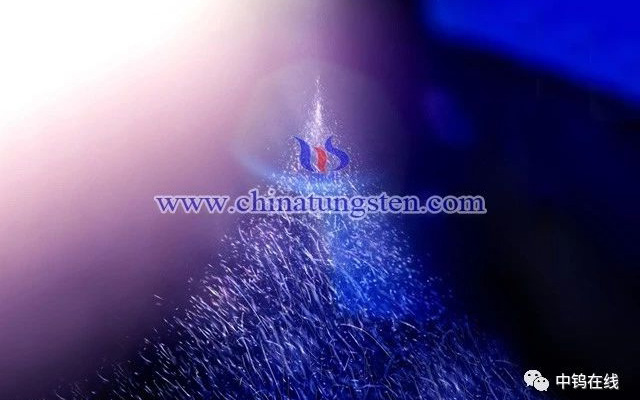
First of all, what is electrostatic spinning? Moreover, there are many techniques for making ultrafine fibers. Among them, electrostatic spinning (electrospinning) is a new processing method which can produce nano-to submicron ultrafine fiber continuously and rapidly. In recent years, people have paid a lot of attention to it. Because, theoretically, any meltable or soluble polymer can be processed by electrostatic spinning, not only with PLA, but also with other polymers such as nylon, polyurethane, polyoxyethylene, polyacrylonitrile, polyimide, polyvinyl alcohol and polycaprolactone. In recent years, of course, electrostatic spinning has received high attention thanks to the development of nanotechnology.
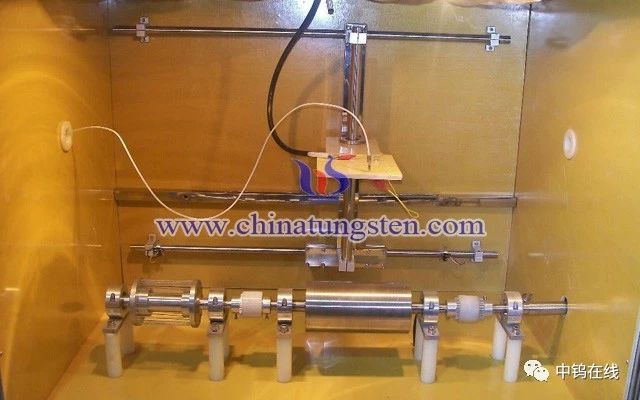
After a little bit of understanding of electrostatic spinning, let's look at what is molten electrostatic spinning?
Fused electrostatic spinning is a method of electrostatic spinning. Another method of electrostatic spinning is solution electrostatic spinning. At present, the technology of solution electrostatic spinning is very mature, but there are problems such as low production efficiency, solvent recovery and emission pollution. By contrast, the fused electrostatic spinning is considered to be a more economical, environmentally friendly and safer electrostatic spinning technology. Because the processing method does not need to add any solvent, and is environmentally friendly. Moreover, it can produce smooth, fault-free fibers, and has high production efficiency. Due to the characteristics of the process itself, the fused electrostatic spinning technology has been applied in the fields of filter protection, biological medicine and energy storage and packaging.
- Tungsten Oxide Manufacturer & Supplier, Chinatungsten Online: www.tungsten-oxide.com
- Tungsten News & Prices of China Tungsten Industry Association: www.ctia.com.cn
- Molybdenum News & Price: news.molybdenum.com.cn
- Tel.: 86 592 5129696; Fax: 86 592 5129797; Email: sales@chinatungsten.com



 sales@chinatungsten.com
sales@chinatungsten.com